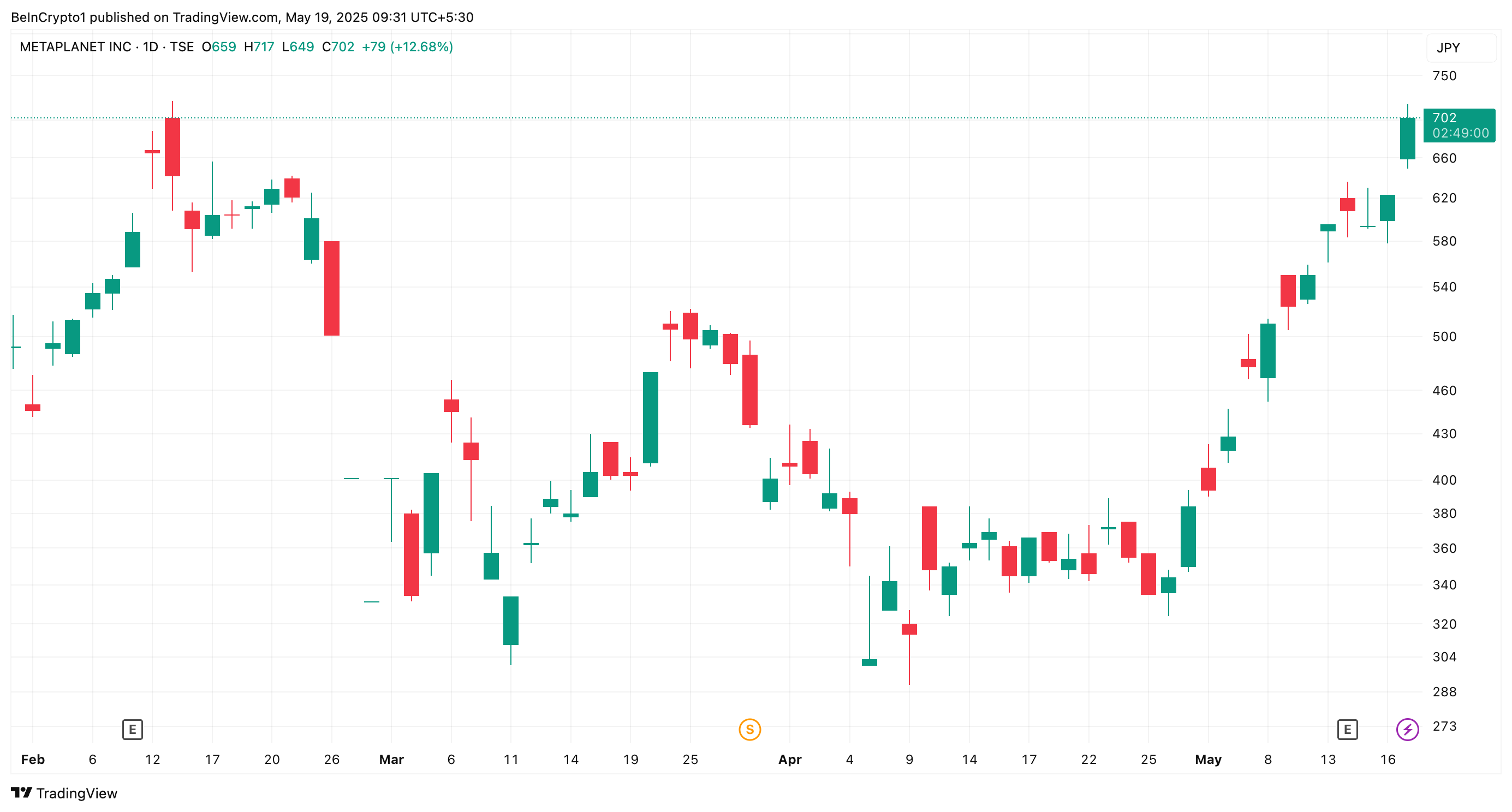The Pi Network community is taking a significant step toward financial independence, developing its decentralized exchange (DEX), PiDaoSwap.
According to social media reports, the initiative will aim to curb alleged price manipulation by external exchanges.
PiDaoSwap to Launch on the Pi Network Ecosystem
Reportedly, PiDaoSwap is in the final stages of launching a multi-functional DEX on the Pi Network mainnet. The platform will ensure that the PI coin price reflects the actual market value of the token rather than being distorted by third-party platforms.
The announcement cited price manipulation by outside entities, a malpractice that impedes Pi Network’s growth and development.
“Once completed, the Pi price will be reflected at its true value and will no longer be manipulated by current external exchanges,” Pi Network VietNames claimed.
Pi Network VietNames is a community-driven profile that shares updates, opinions, and news about Pi Network.
Although in the final stages of development, PiDaoSwap specified that it was awaiting Know Your Business (KYB) approval from the Pi core team before launching.
For now, the prospective platform has secured Twitter’s organizational verification, signaling progress in its development.
Meanwhile, Pi Network’s imminent PiDaoSwap launch comes amid escalating frustrations within the PI community. Certain platforms reportedly use bots to alter Pi’s valuation artificially, affecting community sentiment.
Similarly, there are also allegations of fake price listings by external exchanges.
A recent BeInCrypto report echoes this sentiment amid allegations of bot activity on CoinMarketCap. This fueled skepticism about centralized price tracking mechanisms on the platform.
According to Pi Network VietNames, these manipulations have severely impacted the project’s credibility and adoption.
Meanwhile, Binance remains evasive when listing Pi coins. Despite community support, Pi Coin’s Binance listing decision remains unresolved, leading to frustration among fans.

Restrictions on Using Pi-Related Branding
Meanwhile, other concerns emerge regarding restrictions on using “Pi-related” branding. These are related to the intellectual property (IP) and trademark policies outlined by the Pi Network.
“As a community-driven ecosystem project under PIDao, with DAO as our core focus, would this still be prohibited? Or do we need to modify our project name and domain accordingly,” PiDaoSwap wrote.
Pi Network’s official documentation prohibits using “Pi-related” branding without approval. Therefore, this suggests modifications could be necessary before the prospected PiDaoSwap debuts.
Meanwhile, PI fell below $1 on Saturday, down by over 30% in the past week.
The post Pi Network Community Is Developing PiDaoSwap to Stop Price Manipulation appeared first on BeInCrypto.





